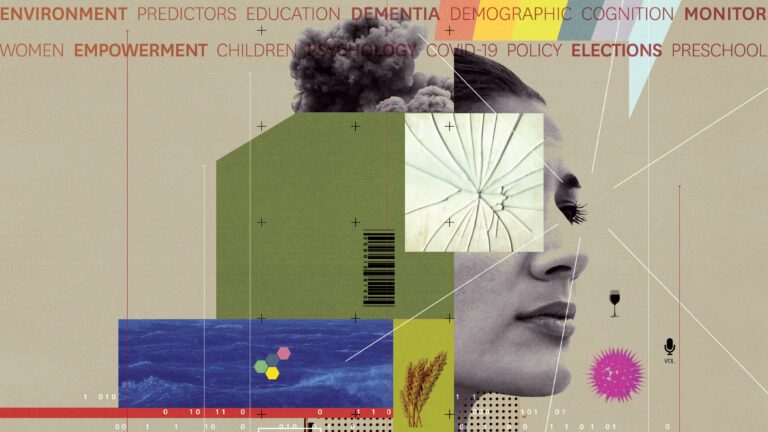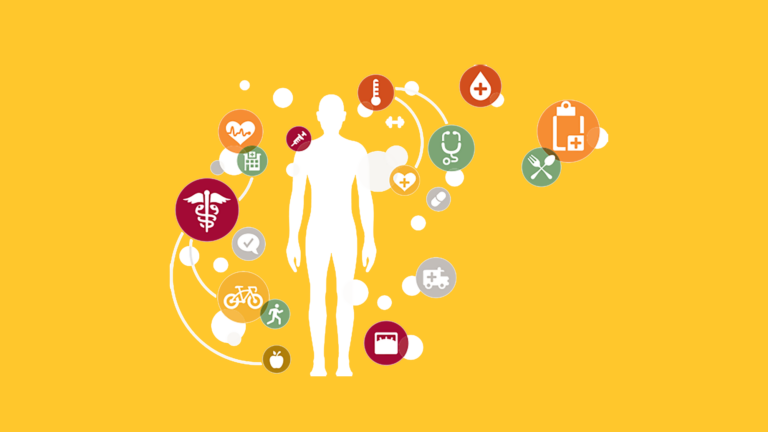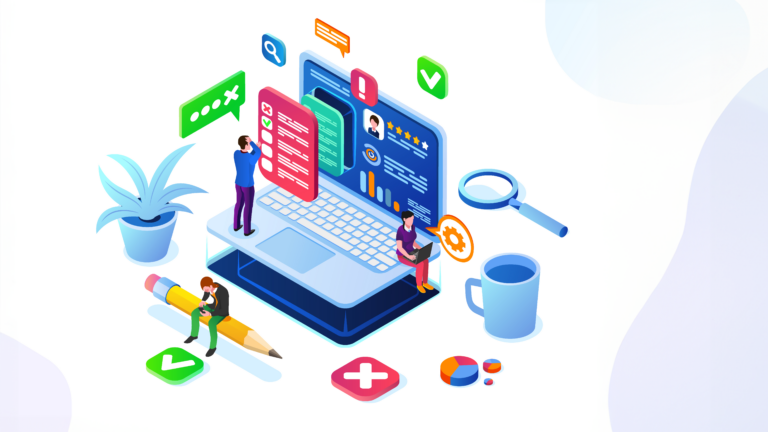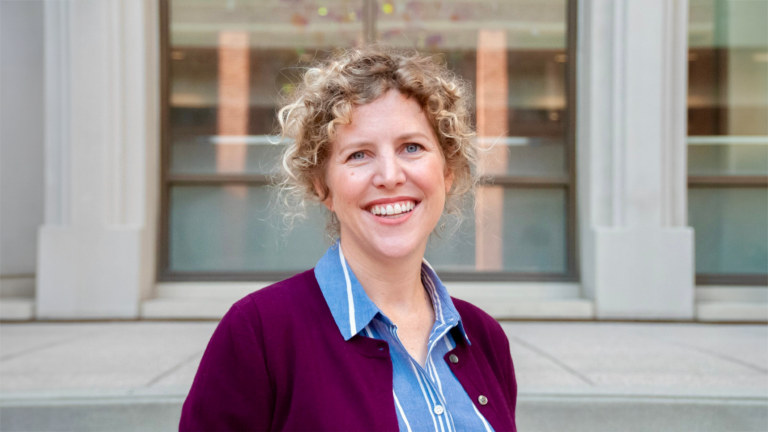Welcome to a Changing World
The Center for Economic and Social Research (CESR) is dedicated to discovering how people around the globe live, think, interact, age, invest, and make important, life-changing decisions. Our in-depth research and analysis are deepening the understanding of human behavior in a wide range of economic and social contexts.
Our ultimate goal: to improve social welfare by informing and influencing decision-making in the public and private sectors. Along the way, we are leading a creative revolution in how scientists conduct social science and economic research through the use of innovative technology. Tomorrow is here, today.

CESR
Research Areas
At CESR, our scientists, colleagues and staff pursue compelling, data-driven research in the social sciences and economics that further understanding, policy making and quality of life. In broad terms, our significant areas of interest include:
Aging
Children & Families
Development Economics
Education Economics
Financial Decision Making
Health, Health Disparities, and Socio-Economic Status
Inequality
Mobile Health
Self-Reporting
Subjective Well-Being
Work Disability
Centers and Programs
Behavioral and Health Genomics Center
BEST – Behavioral Economics Studio
BHO – Brain Health Observatory @ USC
CARE – Center for Applied Research in Education
CSS – Center for Self-Report Science
CSHI – Center for the Study of Health Inequality
IGEMS – Interplay of Genes and Environment Across Multiple Studies
Institute for Food System Equity
HALE – Center for Health and Labor Economics
LABarometer
Program for Children and Families
Program on Global Aging, Health, and Policy
SCRAP Lab – Section on Clinical Research in Aging and Psychology
Understanding America Study
The USC Understanding America Study (UAS) is creating an in-depth portrayal of the people in the U.S. – their daily lives and their opinions. This 15,000+ Internet panel is yielding insights and information of significant value to policy makers, government agencies, non-profit organizations, opinion pollsters, social science researchers, corporations, and more.
Newsroom | Margy Gatz in the Los Angeles Times
January – Margy Gatz
Steve Lopez quoted Dr. Margy Gatz in the Los Angeles Times on Aging and Memory.
Featured Researcher – Kyla Thomas
The cultural mechanisms through which social and economic inequalities are reproduced in the labor market.
Because I believe positive social change requires rigorous empirical research.
My first class with my undergraduate mentor, Gabriel Rossman. He introduced me to the sociology of culture and later encouraged me to write a senior thesis.
Employers are much more likely to discriminate on the basis of class-based cultural traits when they are evaluating female applicants for customer-facing jobs.
Things change — Sociologists are far better at explaining why they stay the same.
The relationship between race- and class-based discrimination in U.S. hiring.
Stata
Sticky notes
Leave it all on the field.
Our tolerance for high levels of social and economic inequality.
Tap dancing
Contact Us
USC University Park Campus
CESR – Los Angeles, CA
635 Downey Way
VPD 305
Los Angeles, CA 90089-3332
Tel: 213.821.1850
Fax: 213.821.2716
USC Capital Campus
CESR East – Washington, DC
1771 N Street NW
WDC 400
Washington, DC 20036
Tel: 213.821.1850
Fax: 213.821.2716





